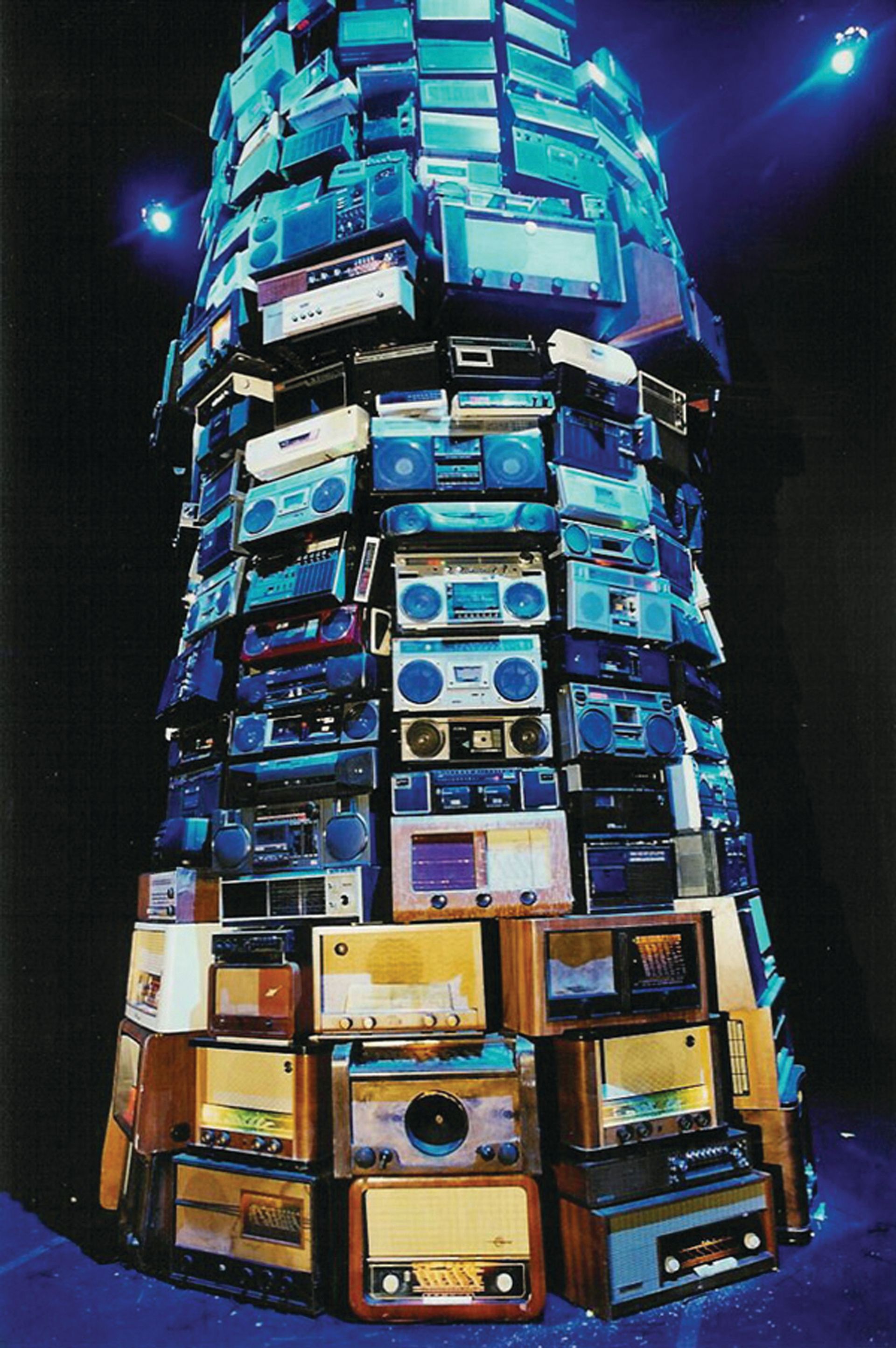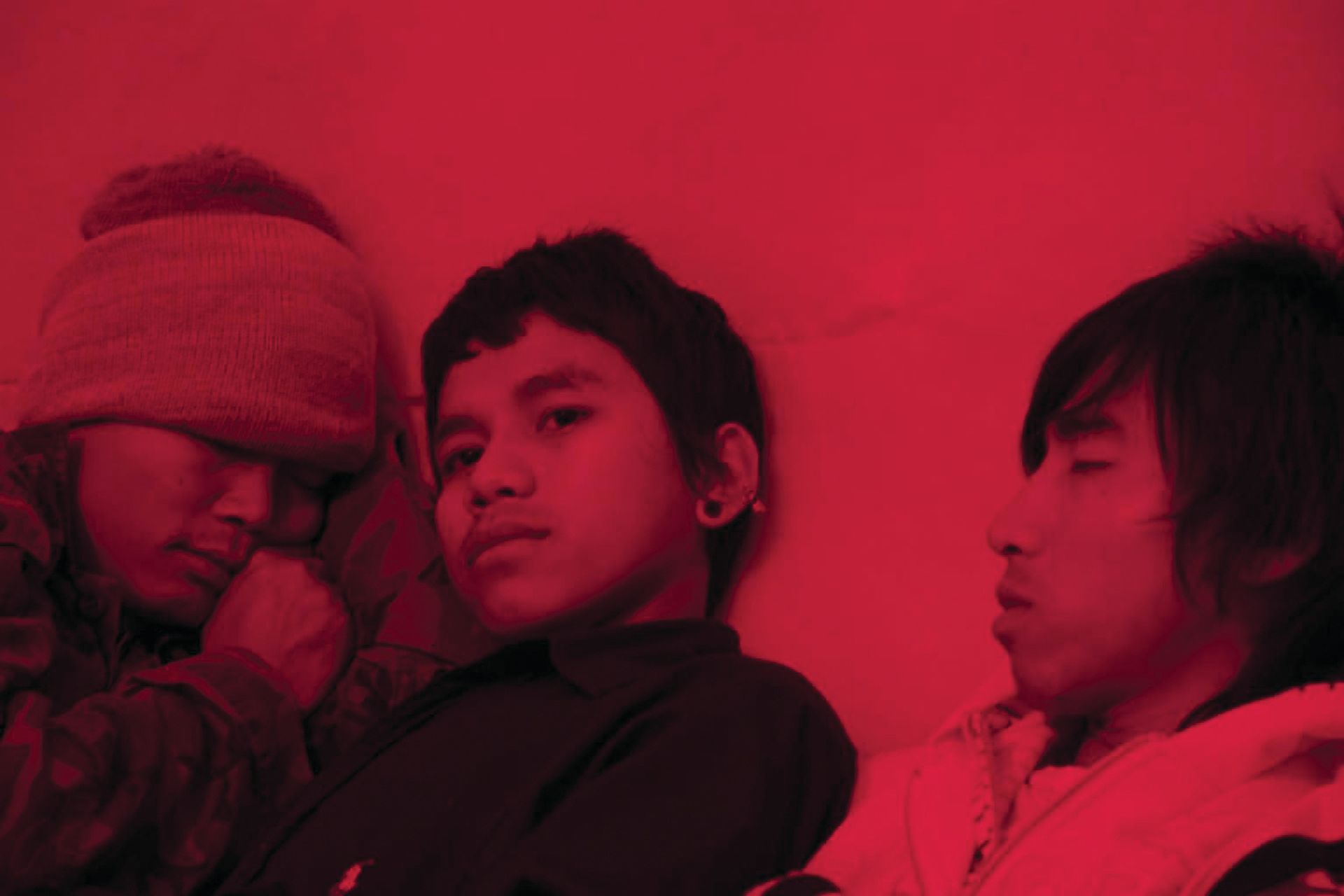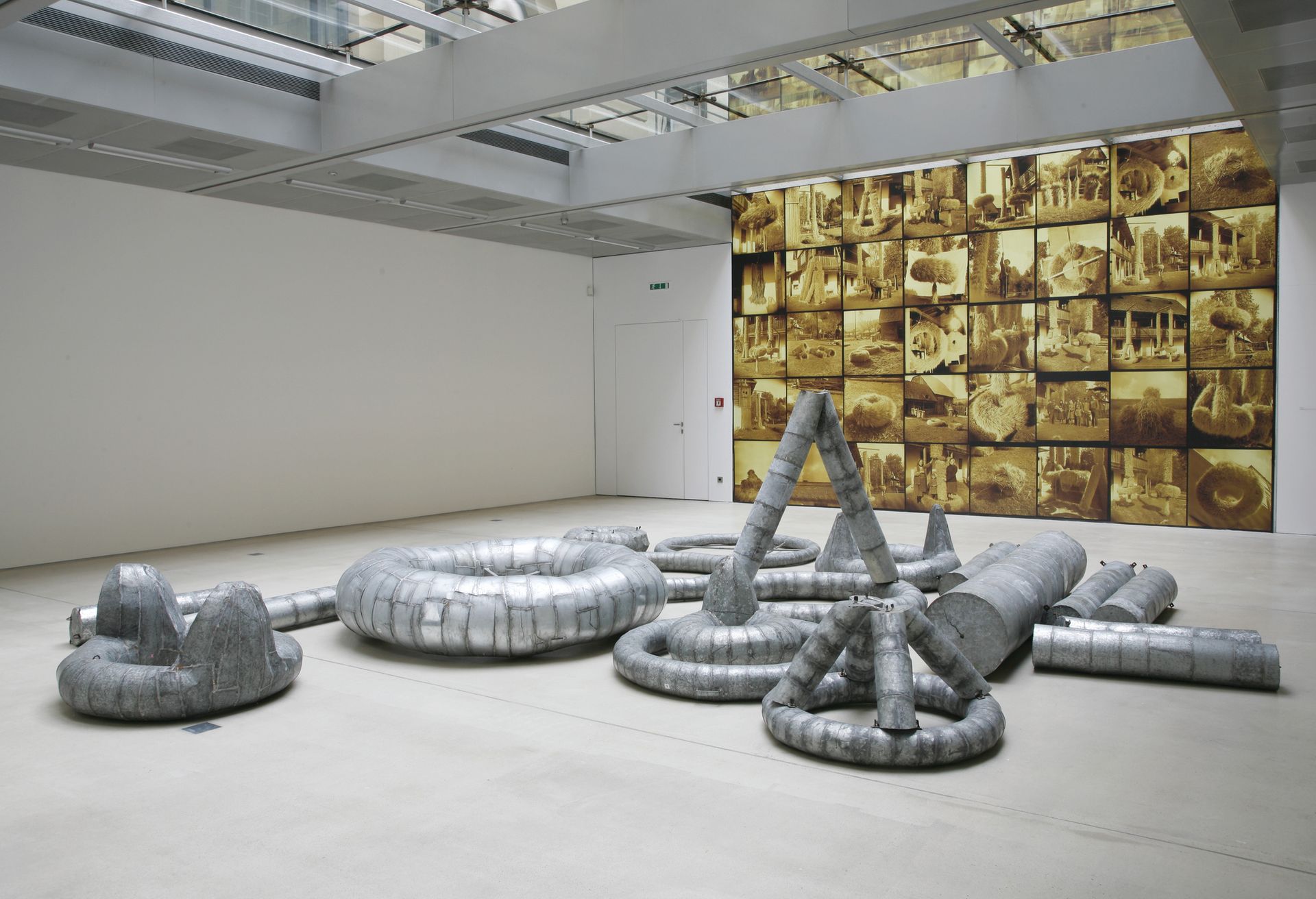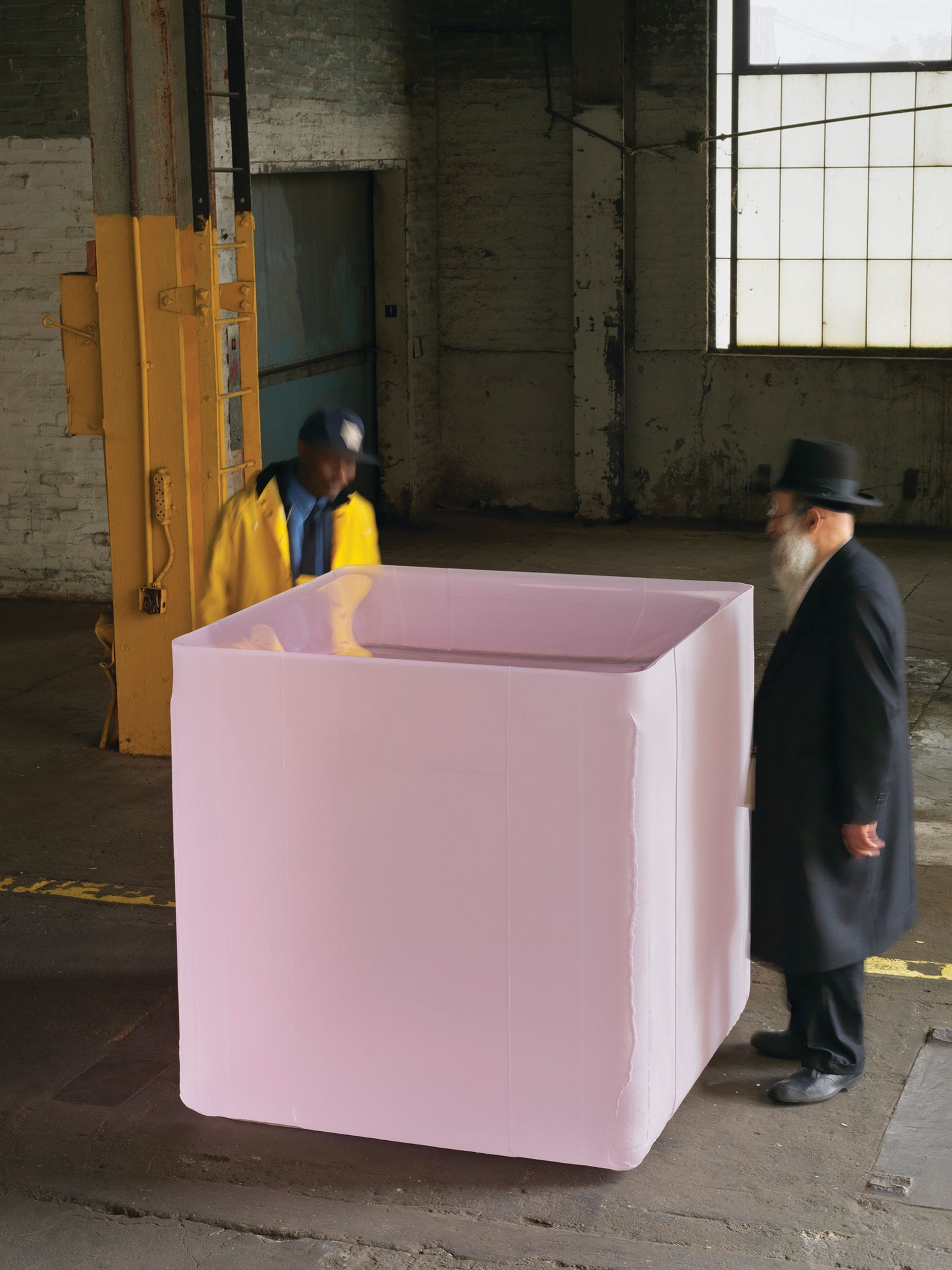El Anatsui, born 1944, Ink Splash II (2012) Bought with funds provided by the Africa Acquisitions Committee, 2015
This is a characteristically shimmering work by the Ghanaian artist, who riffs on abstract paintings and traditional textiles through the unusual medium of crushed and repurposed bottle tops. Anatsui says that the bottle tops are “elements that could generate some reflection, some thinking or just some wonder”.

Cildo Meireles, born 1948, Babel (2001) Bought jointly by the Tate, London (with the assistance of the Latin American Acquisitions Committee), and the D.Daskalopoulos Collection, 2013, as a promised gift to the Tate
A tower of 800 radios, each tuned to a different channel and at minimum audible volume. They are hugely varied, with old valve radios at the base and small transistors at the top. The Brazilian artist calls this progression from the aged and large to the recent and small “an archaeological sample of events”.

Sheela Gowda, born 1957, Behold (2009) Bought with funds provided by the South Asia Acquisitions Committee, 2014
An installation of opposites: cold, smooth, hard steel bumpers from cars and 4,000 metres of human hair coiled around them, forming webs, nets and tumbling cords. The knotted hair relates to the Indian custom of wrapping hair, cut as a sacrificial offering in temples, around bumpers for good luck.

Apichatpong Weerasethakul, born 1970, Primitive (2009) Bought with funds provided by the Asia Pacific Acquisitions Committee, 2011
Shown in the new displays in the Tate’s Tanks, the Thai film-maker’s multi-screen installation is one of a number of works made in Nabua, a village in north-eastern Thailand, Weerasethakul’s homeland. He draws on the area’s troubled political and social history to create a fantastical narrative. “Primitive is a meditation on those voyages in fabulous vehicles that bring about the transformation of people and of light,” the artist says.

Kader Attia, born 1970, Untitled (Ghardaïa) (2009) Bought using funds provided by the Middle East North Africa Acquisitions Committee, 2010
Including an architectural model of the Algerian town of Ghardaïa—made from couscous—this is a characteristically richly layered work by the Algerian-French artist. Informed by research into Le Corbusier’s visit to Ghardaïa and his sketches of the town, which informed the Modernist’s buildings, Attia’s installation reflects on the nature of colonial cultural influence. The couscous is another emblem of inter-colonial exchange.

Ana Lupas, born 1940, The Solemn Process (1964-2008) Bought with funds provided by the Russia and Eastern Europe Acquisitions Committee and Tate Members, 2016
Frances Morris, the director of Tate Modern, describes Ana Lupas as “the Eastern European equivalent of [Joseph] Beuys, who did amazing work with rural communities in Transylvania in the 1960s”. The Solemn Process resulted from one of these social projects, in which Minimalist sculptures in straw were made with the help of local people and installed around the town and in residents’ houses.

Roni Horn, born 1955, Pink Tons (2009) Bought with funds provided by the Tate Americas Foundation, the North American Acquisitions Committee, the Art Fund, Tate Members, Tate Patrons and the artist, with additional assistance from Dominque Lévy, in honour of Dorothy Berwin, 2016
One of a number of exquisite works made with glass, Pink Tons is a study of luminosity and colour. Light seems to be trapped in the liquid beauty of its simple geometric structure. It is no doubt a heavy sculpture, yet seems almost weightless. Rough at the sides and fire-polished on top, these glass sculptures are Horn’s most sensual works.

